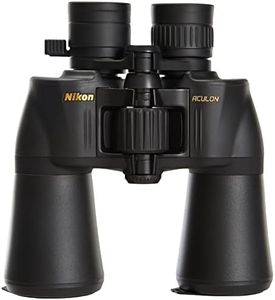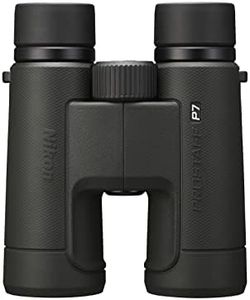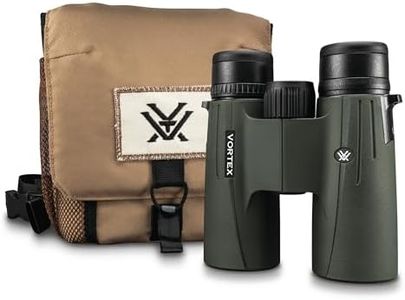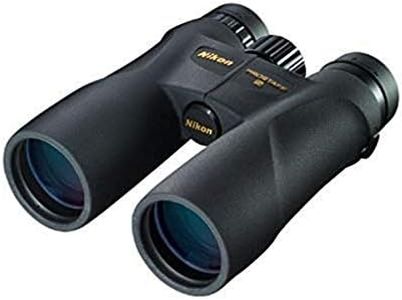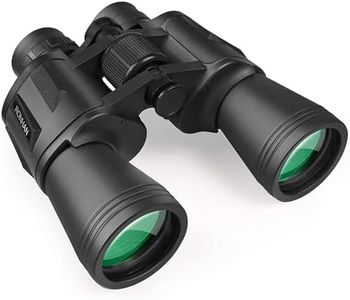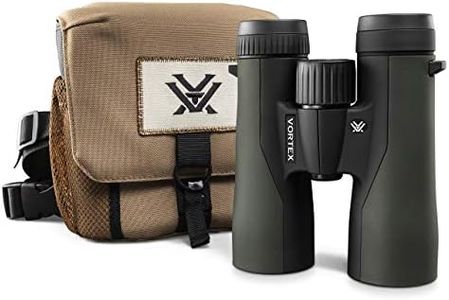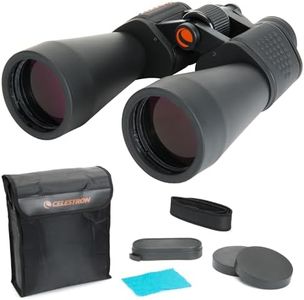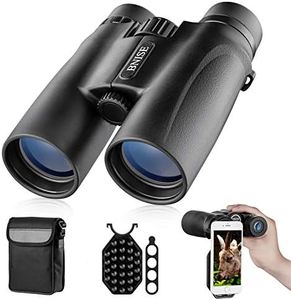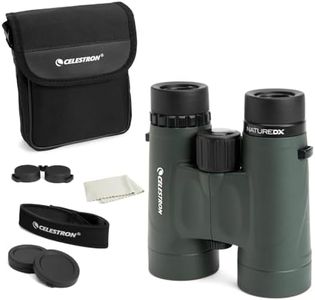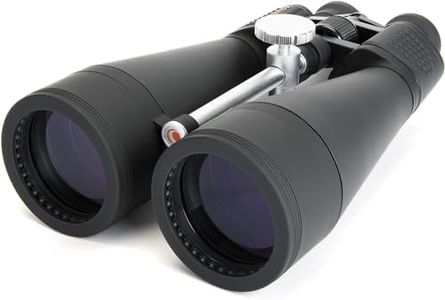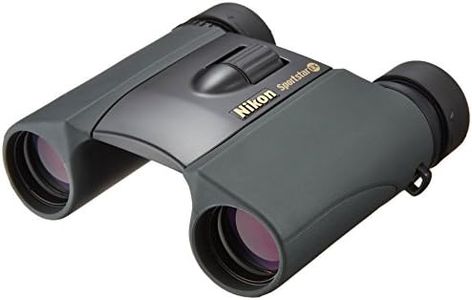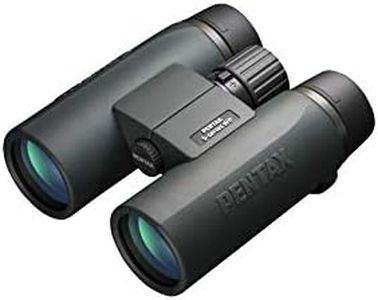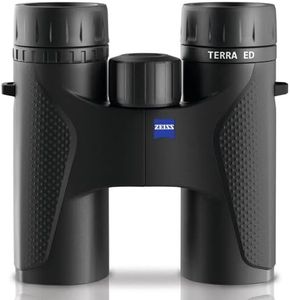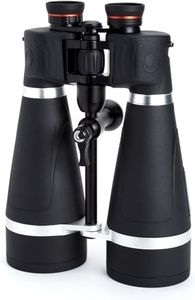We Use CookiesWe use cookies to enhance the security, performance,
functionality and for analytical and promotional activities. By continuing to browse this site you
are agreeing to our privacy policy
10 Best Binoculars For Stargazing
From leading brands and best sellers available on the web.Buying Guide for the Best Binoculars For Stargazing
Choosing binoculars for stargazing can open up a whole new view of the night sky, letting you see stars, planets, and even distant galaxies and nebulae with ease. While telescopes are often seen as the main tool for astronomy, binoculars are portable, easy to use, and help you scan larger sections of the sky quickly. Your goal should be to find binoculars that offer brightness, clarity, and comfort for extended viewing, without being so large or heavy that they're hard to handle. The key is to match your binoculars' features to your skywatching interests and physical comfort.MagnificationMagnification tells you how many times closer an object appears than with the naked eye. For stargazing, a common range is between 7x and 15x. Lower magnification (like 7x or 8x) gives you a wider field of view and is easier to hold steady, making it good for beginners or those who want to scan the sky easily. Higher magnification (10x to 15x) brings objects closer and helps you see more details but can make the view shakier unless you use a tripod. Consider what you most want to see—a wider view for finding constellations, or closer detail for seeing the moon or planets—and how stable you can hold your binoculars when choosing magnification.
Objective Lens DiameterThis is the size of the front lenses, measured in millimeters. The diameter affects how much light the binoculars gather, which is especially important for stargazing at night. Typical ranges are from 35mm to 70mm or more. Smaller lenses (35mm-42mm) are lighter and easier to handle, but may not be as bright for faint objects. Larger lenses (50mm-70mm) collect more light and show fainter stars or nebulae, but they make the binoculars heavier and sometimes require support. If you plan long, steady sessions or want to see dim objects, go for the larger sizes; if you prefer portability and casual viewing, smaller diameters will work.
Exit PupilThe exit pupil is how big the beam of light leaving the eyepiece is, usually calculated by dividing the objective lens diameter by the magnification. A larger exit pupil (about 5-7mm) means brighter images and is better for low-light conditions, like night stargazing. If you observe under very dark skies, an exit pupil closer to 7mm suits your eye’s ability to capture light at night, but as you age, your eyes may only open up to 5mm or less. Matching the exit pupil to your eye means more comfortable, brighter viewing in dark conditions.
Field of ViewField of view tells you how wide an area you can see through the binoculars, described in degrees or feet at 1000 yards. A wider field lets you see large sections of the sky at once, which is great for finding big star clusters or tracking moving objects. A narrow field focuses more on small, detailed areas. Beginners or those interested in scanning Milky Way star fields may prefer a wide field, while those looking for planetary details might be fine with a narrower view. Think about whether you want to explore big patches of sky or zoom in on specific targets—this will guide your preference.
Weight and ErgonomicsWeight and the way binoculars feel in your hands make a huge difference, particularly for longer sessions. Heavier binoculars can be tiring to hold and may need a tripod, while lighter options are easier to use for extended periods but may sacrifice brightness. Ergonomic designs with comfortable grips and adjustable eyecups are helpful, especially for eyeglass wearers. Choose binoculars you can hold steady for as long as you plan to observe, and think about whether you want portability or are okay with setting up extra gear like a tripod.
Prism TypeBinoculars use prisms inside to correct the orientation of the image. The two common types are Porro prisms and Roof prisms. Porro prism binoculars are usually bulkier but offer brighter, wider views at lower cost, making them popular for astronomy. Roof prisms are more compact and easier to handle but can be pricier for the same performance. If you don’t mind a larger size, Porro prisms are great for stargazing; choosing roof prisms might make sense if you want a lighter, more streamlined feel.
Eye ReliefEye relief is the distance you can hold the binoculars from your eyes while still seeing the full field of view, measured in millimeters. Longer eye relief (above 15mm) is particularly important for people who wear glasses, as it allows comfortable viewing without taking them off. Even without glasses, generous eye relief can reduce fatigue and make for a more pleasant experience, especially during long sessions. If you wear glasses, always look for longer eye relief.
